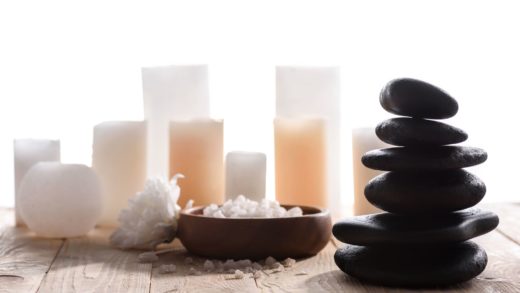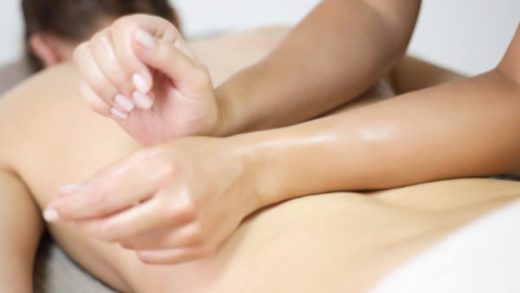Body massage is a great way to get rid of many health problems, because it improves blood and lymph flow, skin turgor. Massage can relieve insomnia, stress and irritability. However, it’s not uncommon to hear that patients have pain after the procedure. In this article, we’ll answer the question of why painful sensations arise and how to get rid of them.
Causes of pain
The most common are the following:
- The patient leads a sedentary lifestyle and his muscles have lost their tone. In this case, the first session can be equal to a workout at the gym. Arms, legs and back can hurt.
- The patient leads a very active lifestyle, and spends a lot of time in the gym. In this case, the massage therapist has to make efforts to relieve tension from the “clogged” muscles, and this is fraught with pain.
- The person has a low pain threshold, so massage can cause painful sensations.
In some cases, pain may indicate an exacerbation of some chronic disease.
How to relieve pain after massage?
First of all, you should remember that muscle pain after the massage is a completely natural reaction of the body to the impact. In most cases, the pain after the massage goes away on its own within 1-3 days. Once your body gets used to regular massage sessions, you will forget about the pain.
But if it prevents you from leading a normal life, then experts recommend taking such measures:
- apply anti-inflammatory ointments and gels or take a painkiller pill;
- stretch the muscles with a short workout before the massage;
- watch the water balance, because hydrated muscles usually have more flexibility;
- take warm relaxing baths with sea salt. You can also add a few drops of lavender oil, which has a pain-relieving, relaxing effect.
Using these tips, you will reduce pain and recover faster.
Pain prevention
During the massage session, try to relax the muscles as much as possible, as any clamping can provoke muscle spasm, and, consequently, pain.
The couch on which the massage is performed, should have medium hardness. Massage on a soft surface is contraindicated, as it will lead to the fact that the spine during the session will be curved and the muscles tense.
It is advisable to perform the procedure in the supine position, with the arms extended along the body.


